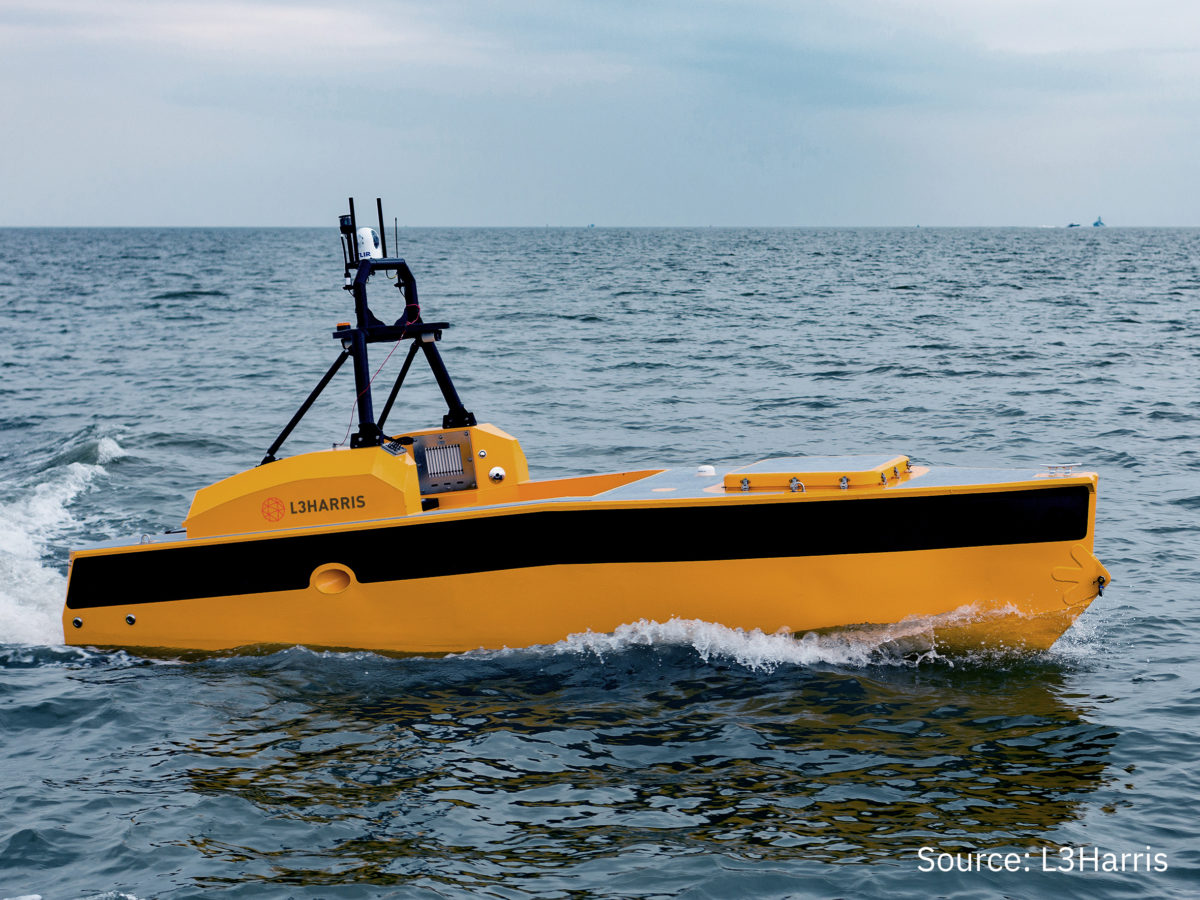
Mr. Neil Swanson is a geochemist with 8 years of environmental consulting experience. He has experience with environmental geochemistry; geochemical modeling, including PHREEQC applications; organic and inorganic fate and transport; environmental forensic methods; hydrologic systems and evaluation of storm runoff models; groundwater modeling and characterization; environmental compliance; and field collection of surface water, sediment, soil, and biota. He uses R statistical software and Python to perform quantitative data analysis and prepare graphical representations of complex environmental data. Mr. Swanson is proficient in incorporating multiple lines of evidence to produce effective conceptual site models (CSMs) to aid in comprehensive site characterization and remedial design.
M.S., Geology, University of Utah, Salt Lake City, Utah, 2013
B.A., Geochemistry, SUNY Geneseo, Geneseo, New York, 2011
Python for Data Science, AI & Development, IBM (2020)
Neural Networks and Deep Learning, deeplearning.ai (2019)
Machine Learning Toolbox, DataCamp (2018)
Statistical Learning, Stanford Lagunita (2016)
Introduction to Geochemical Modeling Tools: Equilibrium and Transport Applications, Mahoney Geochemical Consulting LLC (2015)
Hazardous Waste Operations and Emergency Response 40-Hour Certification (2013; refreshers 2014–2020)
First Aid and CPR Certification (2013, 2015)
Neil P. Swanson Senior Consultant
Mr. Neil Swanson is a geochemist with 8 years of environmental consulting experience. He has experience with environmental geochemistry; geochemical modeling, including PHREEQC applications; organic and inorganic fate and transport; environmental forensic methods; hydrologic systems and evaluation of storm runoff models; groundwater modeling and characterization; environmental compliance; and field collection of surface water, sediment, soil, and biota. He uses R statistical software and Python to perform quantitative data analysis and prepare graphical representations of complex environmental data. Mr. Swanson is proficient in incorporating multiple lines of evidence to produce eff...
Mr. Neil Swanson is a geochemist with 8 years of environmental consulting experience. He has experience with environmental geochemistry; geochemical modeling, including PHREEQC applications; organic and inorganic fate and transport; environmental forensic methods; hydrologic systems and evaluation of storm runoff models; groundwater modeling and characterization; environmental compliance; and field collection of surface water, sediment, soil, and biota. He uses R statistical software and Python to perform quantitative data analysis and prepare graphical representations of complex environmental data. Mr. Swanson is proficient in incorporating multiple lines of evidence to produce effective conceptual site models (CSMs) to aid in comprehensive site characterization and remedial design.

Unraveling Sediment PCB Signatures in Disparate Data Sets for Source Allocation
White Paper
March 28 2022

